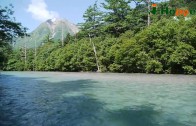Hike Kumano Kodo’s 1,000 year old pilgrimage routes
Spring is a great time to plan a hike on the Kumano Kodo. Retrace the foot steps of 1,200 years ago by many Japanese Imperial and aristocratic families and (tanka) poets who used this Nakahechi route when going on the pilgrimage to Kumano-Sanzan (the three grand shrines of Kumano: Hongu-taisha, Hayatama-taisha, Nachi-taisha).
Watch the above video and take a short travel on the Kumano Kodo.
During the pilgrimage to Kumano-Sanzan, people used to undertake a purification rite in the rivers flowing down between the mountains to purify body,mind and soul, and then resume their journey ever deeper into the heart of this ancient route. These hardships enabled them to appreciate the joy of approaching the other worldly abode of the Gods. They expressed their emotions in the form of poems such as those written by Fujiwara-no-Teika and Izumi-Shikibu. These were inscribed on metal plaques and mounted on rocks along the route. Many tales are told about the spiritual power and compassion of the Gods of Kumano.
Kumano area was registered as a UNESCO World Heritage Site in 2004 as the “Sacred Site and Pilgrimage to Kii Mountain Range.”
Going over the mountaintops on the way to Hongu Taisha
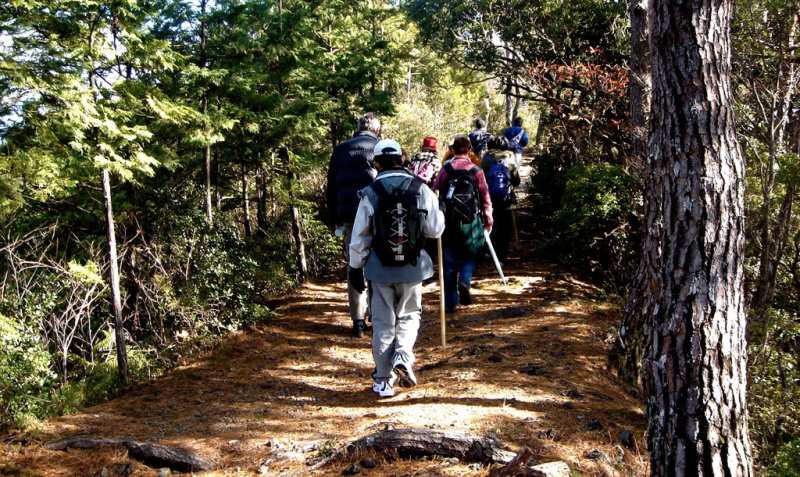
Image: Jennifer Murawski (CC BY 2.0)
Kumano Hongū Taisha is a Shinto shrine located in Tanabe, Wakayama Prefecture, deep in the rugged mountains of the Kii Peninsula. The shrine enshrines Izanagi-Okami, the deity who gave birth to Japan, and Ketsumimiko-Okami, a benevolent deity who strives to help mankind. All of the ancient Kumano Kodō pilgrimage routes lead to this Grand Shrine.
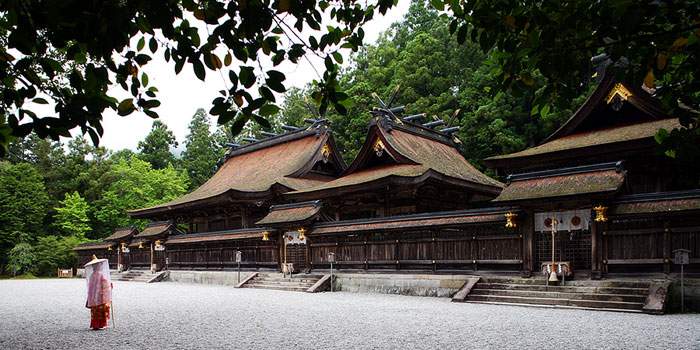
Image: Hongu Tourist Association
Seiganto-ji or Temple of the Blue Waves, is a Tendai Buddhist temple in Wakayama Prefecture, Japan. According to a legend, it was founded by the priest Ragyō Shōnin, a monk from India. The temple was purposely built near Nachi Falls, where it may have previously been a site of nature worship. Seiganto-ji is part of the Kumano Sanzan shrine complex, and as such can be considered one of the fewjingū-ji (shrine temples) still in existence after the forcible separation of Shinto and Buddhism by the Japanese government during the Meiji restoration.
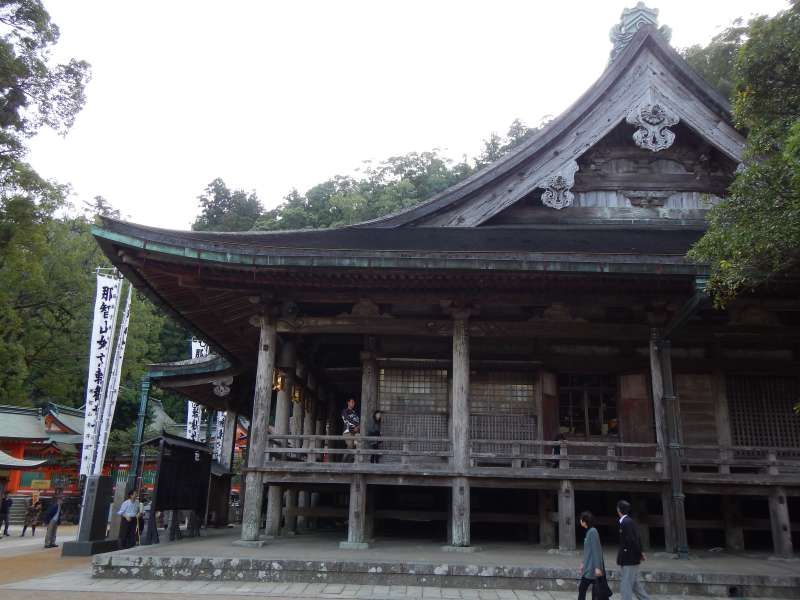
Image: Nekosuki CC BY-SA 4.0, via Wikimedia Commons
Sanjūdō pagoda and Nachi falls at Kumano Nachi Taisha complex.
The Nachi Waterfall is believed to be inhabited by a kami called Hiryū Gongen.

Image: Kzaral (CC BY 2.0)
Walking along the Kumano Kodo

Image: Nekosuki [CC BY-SA 4.0], via Wikimedia Commons
The pilgrimage routes
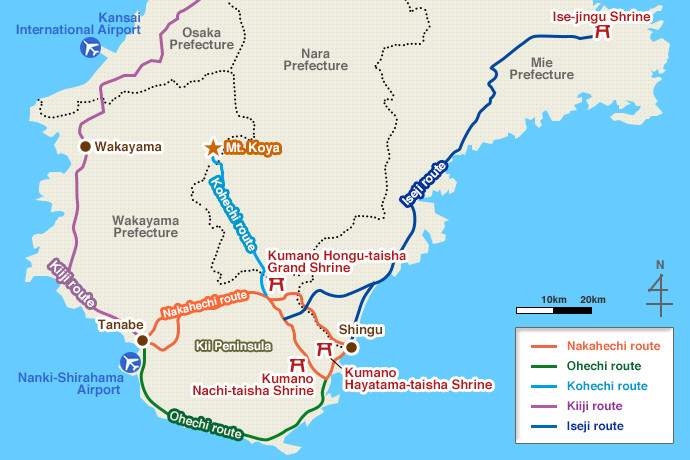
Image: JNTO
Find more information to help you with your travel adventure including accommodations and travel options on Wakayama’s Kumano tourism website.


